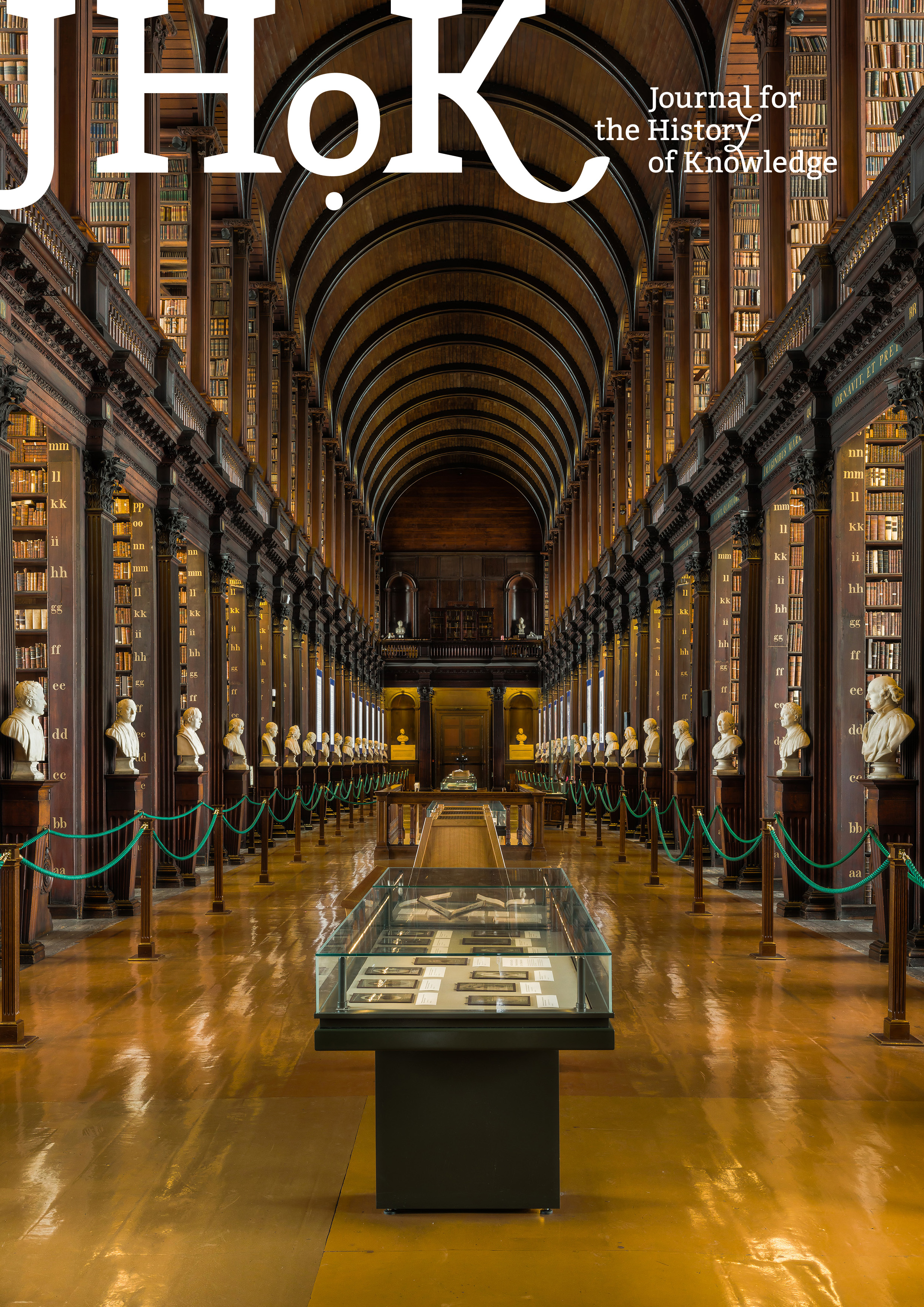Dining on Geologic Fish
Claiming the Australian Ceratodus for Science
DOI:
https://doi.org/10.55283/jhk.11751Keywords:
Australia, colonial collecting, museum specimens, Gerard Krefft, field, go-betweensAbstract
The Australian lungfish was discovered for science by Australian Museum curator Gerard Krefft in 1870. He immediately recognized that it was a “living fossil” linking fish and amphibians. He quickly named the fish and sent specimens around the world. The bodies of the transformed, travelling fish became a personal and material connector as they entered the unstable, relational exchange economies and value scales of international science. Still, there were gaps in relations and processes: in incomplete specimens, in long supply chains and delayed communications, in translating and translocating field knowledge of the living fish, and in the credibility and authority of the colonial scientists who were vying for imperial attention. In these gaps we can see the local practice of settler scientists, colonists and the local Gubbi Gubbi people, along with other possible ontologies of nature and culture. From that gap, and the acute anxiety of description and classification on the colonial edge, we can also see the creation of the very odd fantasy-fish, the Ompax.
The scientific history of the Australian lungfish, Ceratodus forsteri, and its strange cousin the Ompax, demonstrate what happened when affect, ambition and stubbornness, local materiality, story, and practice met the geographical and material constraints and odd, instrumental logic of imperial natural history. It is an object lesson in the crucial importance and the limits of go-betweens in field knowledgemaking and the persistence of other lineages and ways of knowing within museum specimen collections and the archives of colonial science.
Downloads
Downloads
Published
Issue
Section
License
Copyright (c) 2022 Vanessa Finney

This work is licensed under a Creative Commons Attribution 4.0 International License.


